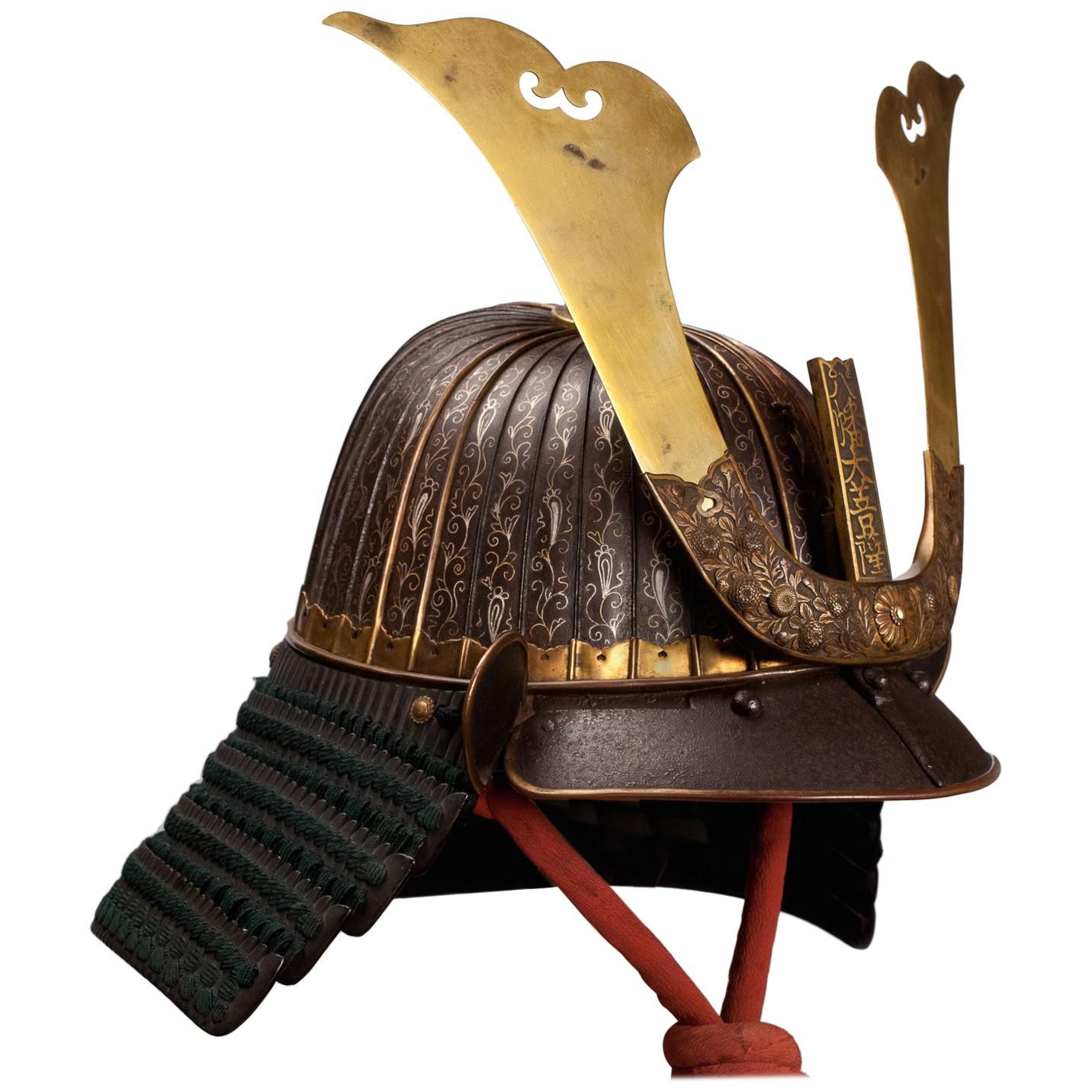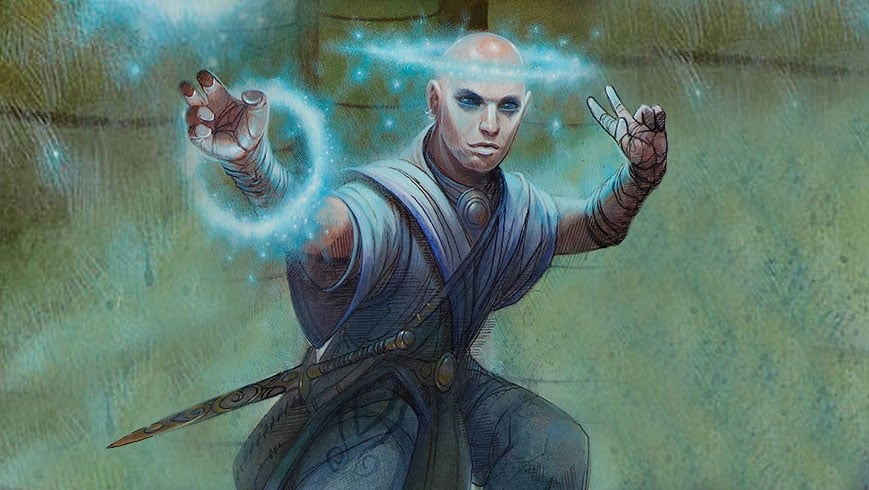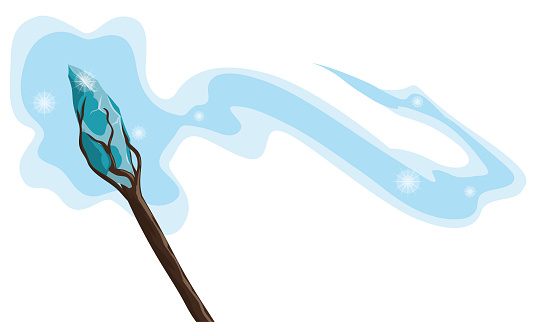I find that most D&D players are firmly entrenched in two different camps when it comes to adventurers: you either believe that adventurers are epic heroes following a path to glory and start out as above-average; or you believe that anyone could be an adventurer and that you start with what you've got and make the best of it. I am a follower of the latter camp, but I can see the reason why others would want to be members of the former camp.
D&D is an adventure game. Some prefer to call it a hobby; others refer to it as a role-playing game. But at its heart it is just a game we play to have fun. Fun is different things to different people. Some people enjoy being the best character they can be, racking up accolades and experience points by overcoming each and every encounter without a scratch or loss of consumables or daily-use powers. Some folks just like sitting around a table with friends and spending an evening chatting in character with NPCs or developing intricate backstories for their beloved alter egos. Others prefer tracking numerous statistics on detailed character sheets or expertly mapping mega-dungeons and drawing up plans for castles or wizard towers. The game can be this, and much more, for those who choose to play.
The Dungeon Master has to cater his campaign world to entertain his players. In order to do that, the DM has to KNOW his players. Creating a new campaign for almost complete strangers is hard to do, especially if you get the formula wrong and put in things that only you enjoy. If you are a heroic gamer who loved lots of combat, you will be bored out of your mind if the first adventure is nothing more than a murder mystery or exploration romp through a local abandoned keep. Again, the DM has to have some sort of indication from the players as to what they enjoy. The easiest way to determine the tone of the campaign is to ask them if they prefer to play heroes from the start, or if they prefer to play common folk who become heroes in the course of play. This simple question can affect the method of rolling ability scores and saves you from causing a total-party-kill (TPK) that might turn some people off from playing the game at all.
I've mentioned my own thoughts on this topic in my article entitled Hopeless Characters. I prefer letting the dice determine what I CAN be, instead of starting with a preconceived notion of what I WANT to be. I also prefer having fewer choices presented in order to keep the character creation process to a minimum. If it takes longer than an hour to roll up a character, the system may be intricate but what happens if your character dies? Do you then leave the group to begin work on a new character? If you have a simpler system where choices are eliminated by random rolls, then you can get back in the game quicker!
D&D writers have seemingly swung to both extremes on this topic. Gygax originally had all players roll 3d6 in order for ability scores - you could play whatever you wanted, but if your prime requisite was low, you suffered an XP penalty which slowed your advancement in your chosen class. You could play a weak fighter, a moronic magic-user, a foolish cleric, or a clumsy thief. However, ability scores meant much less in play in the early days of D&D. In AD&D 1E, Gygax stipulated that player characters were a cut above the common men and women in the campaign world - they could advance in level while everyone else was stuck at 0-level. Even in the DMG (under Henchmen), he stated that:
"Human and half-orc characters suitable for level advancement are found at a ratio of 1 in 100. Other races have an incidence of 1 in 50. However, as most of these characters will be other than low level adventurers and already in a situation they are satisfied with - and humans more so than other races, unless the development of the area is primarily other than human - about 1 in 1,000 population will be interested in offers of employment as a henchman, NOTE: This figure must be adjusted by the DM according to the locale, for if it is an active adventuring area, the incidence of prospective henchmen might be as great as 1 in 200, while if it is a settled and staid area, incidence might be as low as 1 in 5,000."
OK, so that quote is talking about henchmen, not player characters. But if you take a look at the world in which you will be running a campaign, not everyone in the local village has a character class. In fact, they should NOT have a character class if the above means much at all. If we assume to have a party of 8 player characters, and they are all from the same starting area, then they are likely the ONLY characters of level-advancing ability from that community. Which means, that everyone else they meet in that community are 0-level humans without any class abilities whatsoever. How about the ruler of the community? How about the king? What prevents the PCs from taking over every community they enter simply because they have abilities that everyone else does not have?
These are the kinds of questions you have to ask yourself before coming up with a campaign world. These premises are not well explained in the various rules sets that have been released in the past. In fact, based on the quote above, one would assume that the local baron who inherited his position is likely to be a 0-level human, as is the local town guard captain, or the local cleric in the temple. However, if one looks at D&D modules from the beginning, this is not so. In fact, so many of the NPCs have character classes that it's hard to separate NPCs from PCs or henchmen in these adventures. Later edition adventures give EVERYONE a character class of one type or another and allow advancement for everyone! So how special are those PC adventurers then?
My belief is that D&D characters are meant to be common villagers and everyday people who obtain training and power from their conversion into 1st level characters. Their decisions and goals are the same as those who might begin the game as noble warriors and mighty wizards, but it is the journey to the goal that is where the fun lies, not the actual achievement of fame and fortune without effort. From a DM perspective, you want to keep the players hungry for more, looking to empower their characters to better survive the rigors of a perilous journey or despicable dungeon. If they begin capable of taking on all comers and emerge without a scratch, the game becomes rote and boring to the players and they seek thrills elsewhere. There are some players who just crave human interaction and don't care much about what happens to the characters in any case, but these are happily few and far between.
Loss is an important part of character growth as well. Losing a battle, a powerful magic item, or even a portion of the character's body is possible in the game. If the player cannot deal with the loss and emerge better for the experience, then they miss out on an aspect of "character development." Heroic players see losing as just that, and many deal poorly with it. "Commoner" players see losing as development of the personality of their character - one can learn more from a loss about who they are and the nature of their character.
OK, all this being said, I noticed that almost all the NPCs in modules have character classes and are NOT simply 0-level humans. Remember, the premise behind original D&D was that rulers of communities were once 1st level PCs who achieved greatness in adventures and are now Name Level rulers of dominions, temples, towers, or hide-outs. The goal of OD&D was to become one of these leaders to then wage wars against other name level leaders and acquire lands and political power in the region of the campaign world. That is NOT the current goal of the game, since those rules were essentially removed in 3rd edition D&D and beyond. Now, only increasing power is the goal typical among players these days.
But again, how did all those common shop owners, temple acolytes, and common bandits the PCs encountered in early adventures become classed-characters? If only 1 in 100 characters in a region are suitable for character advancement, then how do you explain a village like Hommlet with over a dozen high-level classed NPCs all living in a community of about 250 people? The answer is simple - to deter the Heroic players from overtaking the village simply by having abilities and powers not common to the normal humans therein. If a heroic player sees there is little chance of success, they will not attempt an action. The "Commoner" players will not even attempt this since they see all characters as essentially equals, only with different motivations and abilities. Some NPCs in modules are so powerful, one wonders why THEY don't perform the mission that they get the players to do, since it would be child's play for them to do it. Again, this is a game... Some suspension of disbelief has to be used in order to advance the story or get the players into the adventure. Besides, not all NPCs wear a placard around their neck announcing their level, class, and hit points. Like alignment, not everything about an NPC is obvious from casual observation or conversation. Only by interaction can one deem the worth or power of an adversary or ally. Here is where the Heroic player gets into trouble by bragging or mouthing off, whereas the "Commoner" player seeks to engage the NPC as an equal, respecting the artificial rules of engagement when dealing with anyone outside their knowledge.
Besides, if PCs were actually all Heroic characters, then it would take much more effort to train for next level since anyone of high-level would be few and far between. There would be a much smaller percentage of the adventuring classes that are name-level, given attrition and death rates. In this case, the demi-humans would likely be the most powerful and highest levels, since their abilities allow them to survive better than humans. However, if humans are really just common characters with heroic outlooks on life, then they all have the same ability to advance and in this case the faster-breeding humans would dominate higher levels simply due to probabilities and superior numbers.
This is starting to ramble a bit, and I apologize. I've just been reading over modules from the 80s through 3rd edition and it seems to me that this issue has never really been addressed before. While Gygax kept telling us that PCs were a cut-above the common man, all his villagers were classed NPCs of one sort or another, and all guards seemed to be members of the Fighter class. Why couldn't a common man just wear armor and wield a sword once he was shown how? Sure, he wouldn't be as skilled as a 1st level fighter PC, but that's how it goes. Why does the jeweler have to be a 3rd level thief? Why make the bartender a 2nd level fighter? Why do all lords and ladies need to be name level character classes? If all of these NPCs in the world exist with class levels, then doesn't that imply that ANYONE can be a classed character? Doesn't that mean that PCs are NOT the cut above the rest, but are instead just another commoner taught to swing a sword or cast a spell?





